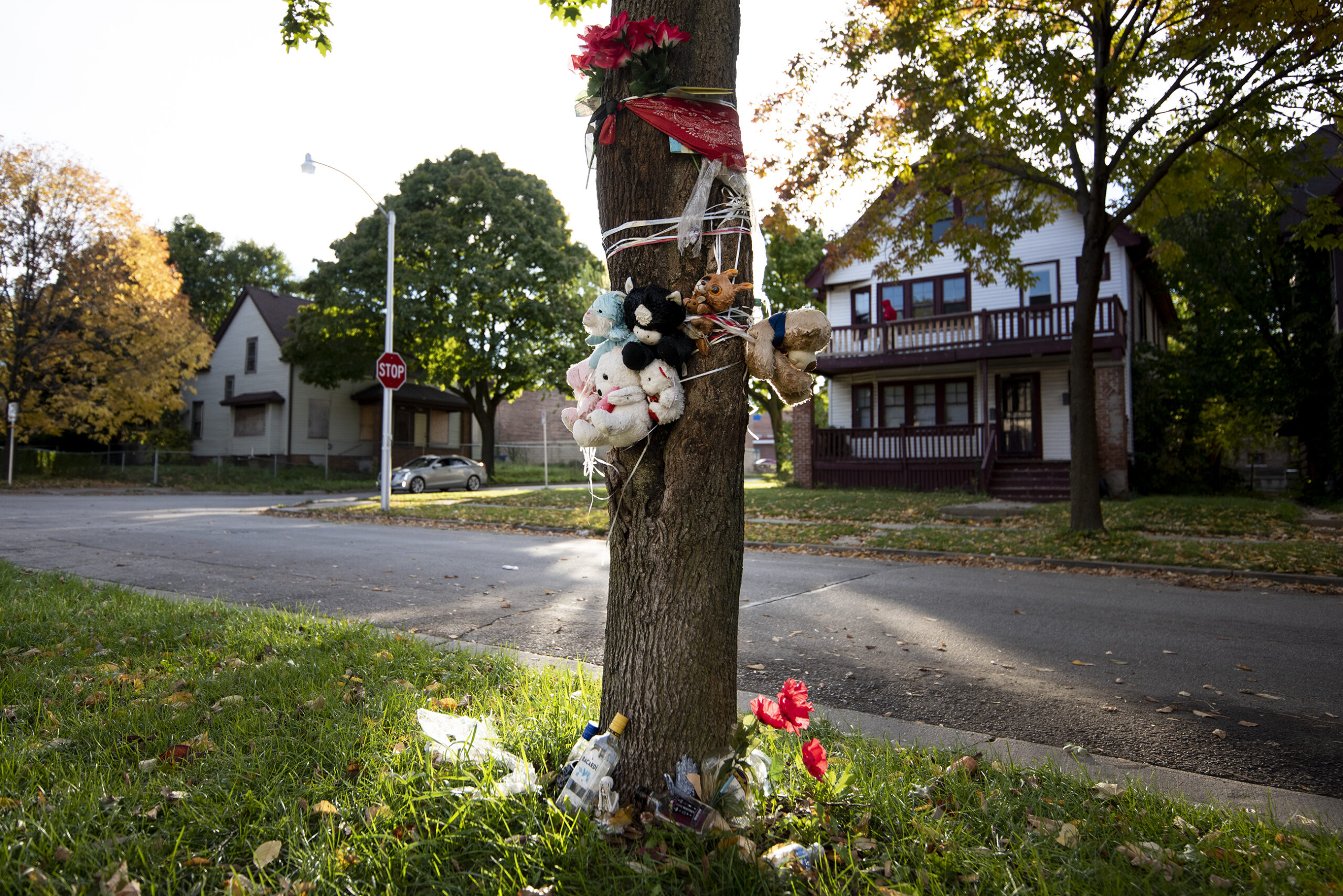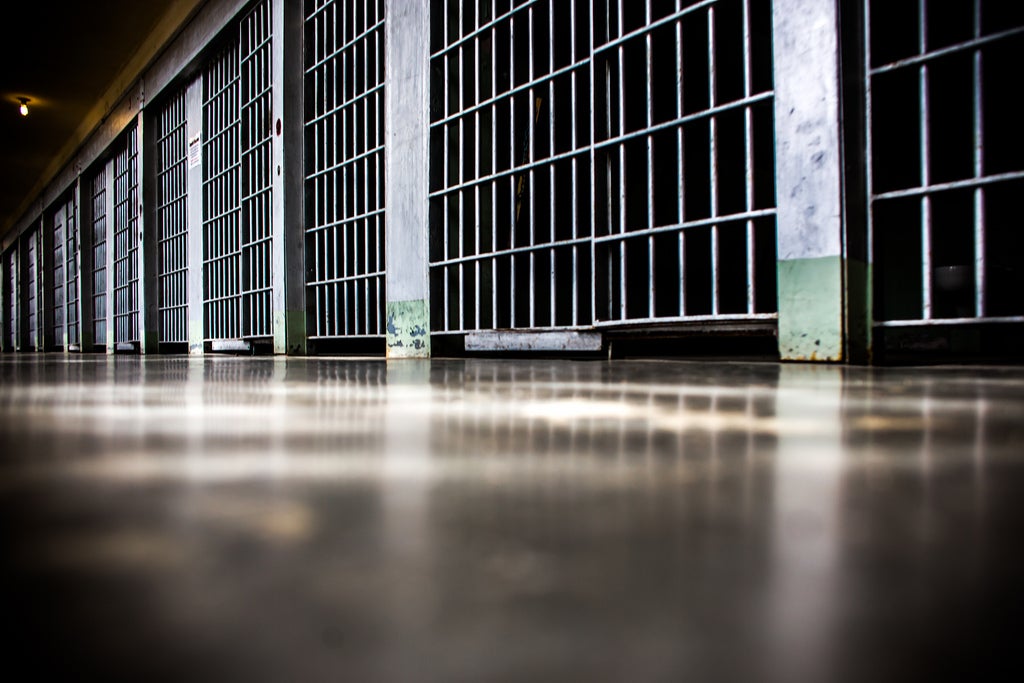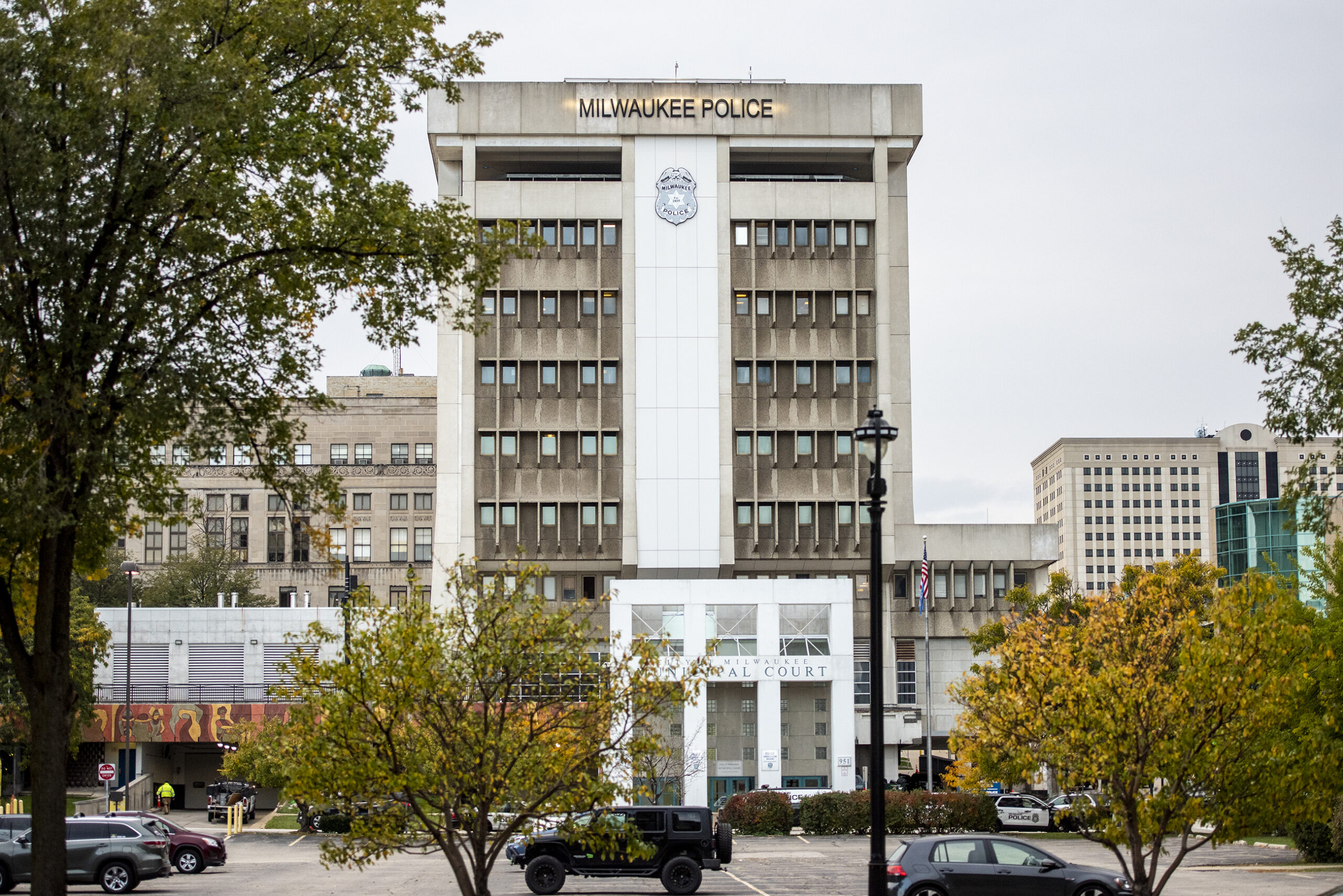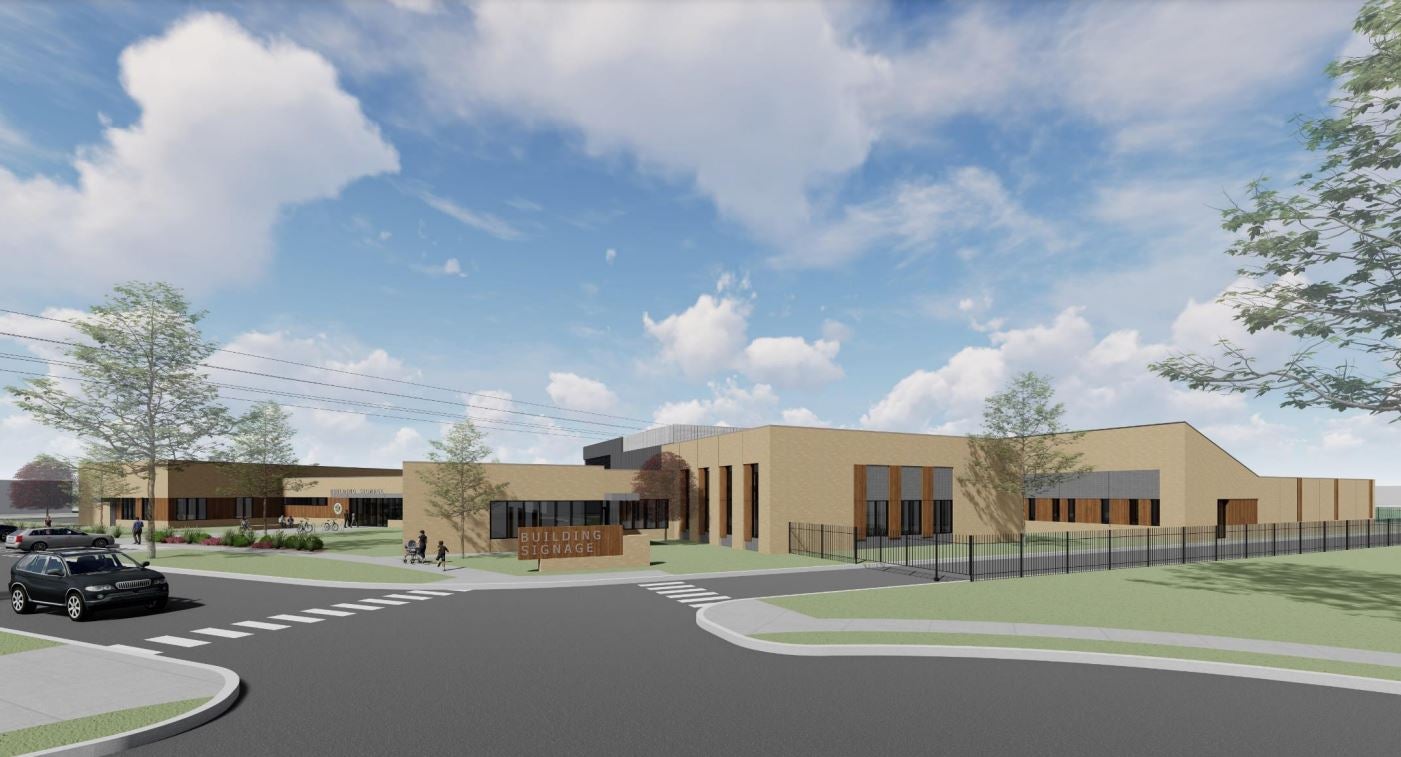The National Center for Juvenile Justice has launched a new interactive website that tracks regional and national trends in the laws and policies for dealing with young offenders.
The site, called Juvenile Justice GPS, includes several maps and graphs that allow users to track and compare state policies in six different juvenile justice categories.
Jim Moeser, who chairs the Wisconsin Governor’s Juvenile Justice Commission, said the data that will be most useful compares the 10 states – including Wisconsin – that treat 17-year-old offenders as adults to the 33 states that use 18 as the cut-off.
Stay informed on the latest news
Sign up for WPR’s email newsletter.
“You can see over time how states are moving, in what direction, and where Wisconsin fits in that,” he said.
Moeser also points to the comparative data on the site that tracks state efforts to reduce the racial disparity in juvenile arrests and detentions. Currently, Wisconsin is one of 33 states that does not have a full-time statewide coordinator responsible for gathering data to measure the disparity.
Moeser says Wisconsin is also one of only 18 states that don’t use a uniform risk assessment tool for sorting out which juveniles should be locked up and which should get access to community treatment services.
“Low-risk kids often will just stop re-offending on their own,” said Moeser. “We’re oftentimes better just leaving them alone. Where we really want to invest is … in the kids that are most needy and most likely to re-offend,” he said.
Moeser says while the website is useful, its major limitation is that most states, including Wisconsin, don’t do a good job of collecting data on what’s working and what is not when it comes to either punishing juvenile offenders or preventing them from committing crimes in the first place.
Wisconsin Public Radio, © Copyright 2024, Board of Regents of the University of Wisconsin System and Wisconsin Educational Communications Board.






